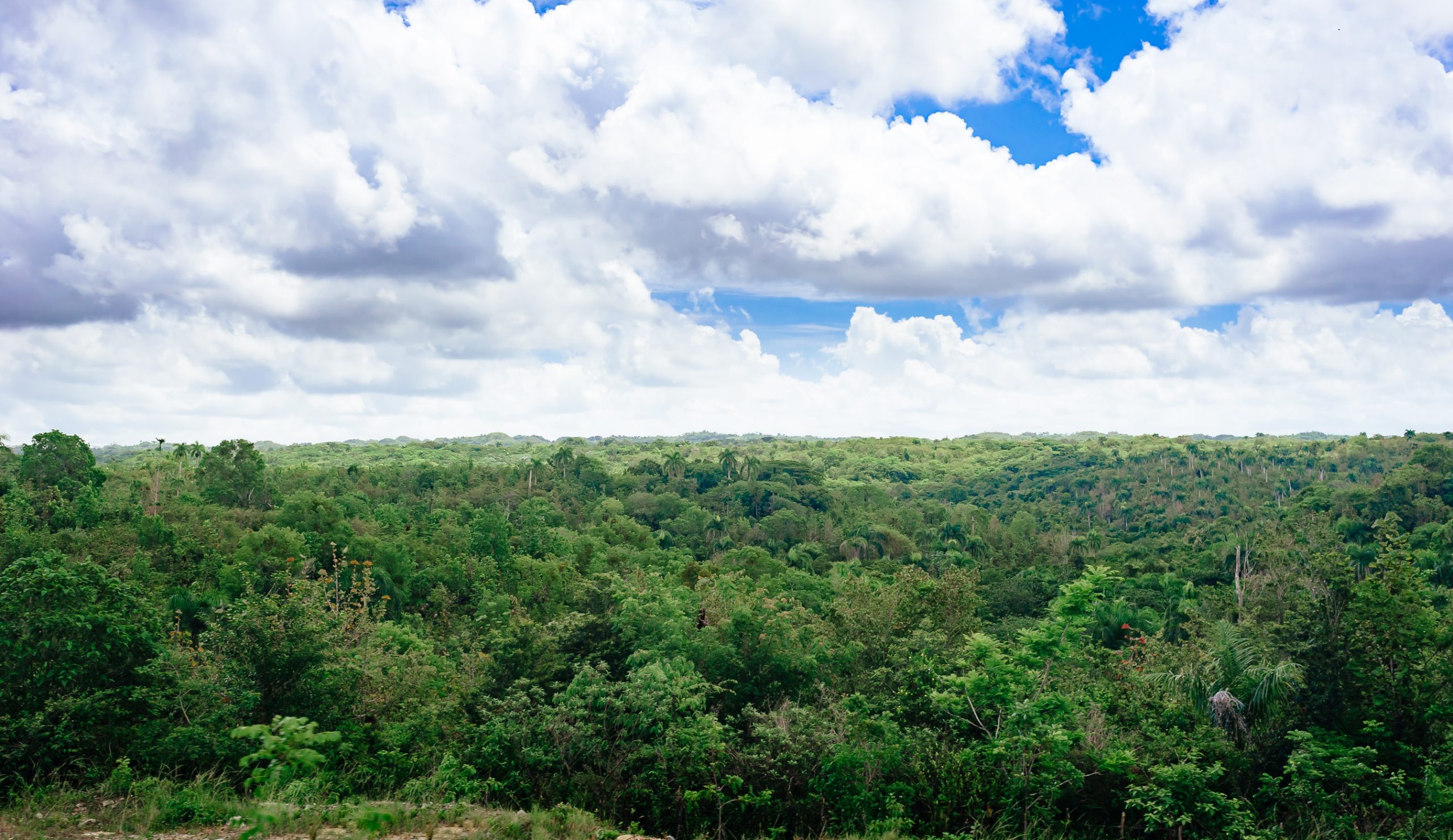The Wildlife Conservation Society (WCS) released a new study that reveals some surprising news about the New York Harbor—it’s an unexpectedly popular feeding ground for bottlenose dolphins from spring through fall.
At a glance, the New York Harbor seems anything but ideal for dolphins. It’s busy with boats, tourists, and noisy traffic of all sorts. However, through underwater listening devices situated in six separate locations around Brooklyn, Queens, Staten Island, and New Jersey, the researchers discovered that dolphins would feed extensively in those areas.
The WCS researchers monitored dolphin activity between April and October from 2018 to 2020 and were able to identify rapid clicking from the dolphins called “foraging buzzes,” which signified feeding activity.
“We’ve been seeing dolphins regularly,” the director of the WCS Ocean Giants Program and senior conservation scientist for the New York Aquarium Howard Rosenbaum said, as reported by Inside Climate News. “I think what’s interesting is that you can see them quite frequently if you’re on the beach. It’s not all the time, and it might not be the right time of the day when you’re looking, but we do see them regularly.”
The original motivation for the study was to look into whales in the New York-New Jersey Harbor Estuary, but instead, the acoustic monitoring devices ended up gathering a lot of data on dolphin activity. The area, despite being in such an urban setting, is quite rich in biodiversity, boasting whales, dolphins, and over 200 species of fish.
“I think people, in general, don’t associate the waters off New York with being diverse, ecological, ecologically rich, important areas for species like marine mammals,” says Rosenbaum. “Over the last decade or so, we’re seeing some pretty important changes here in terms of certain species, like dolphins and whales, increasingly using these habitats as a suitable prey base for these animals.”
The next step for the research team is to use the data to help create measures that can reduce human-wildlife conflicts, especially since the study authors found that dolphin clicks decreased dramatically when there is a lot of heavy vessel traffic.











